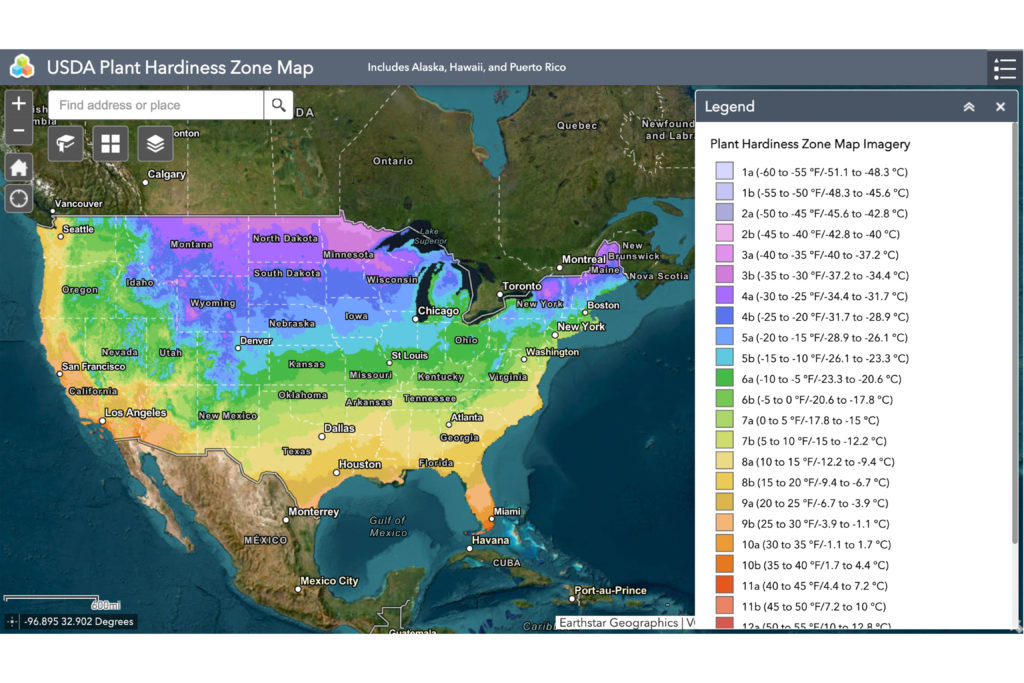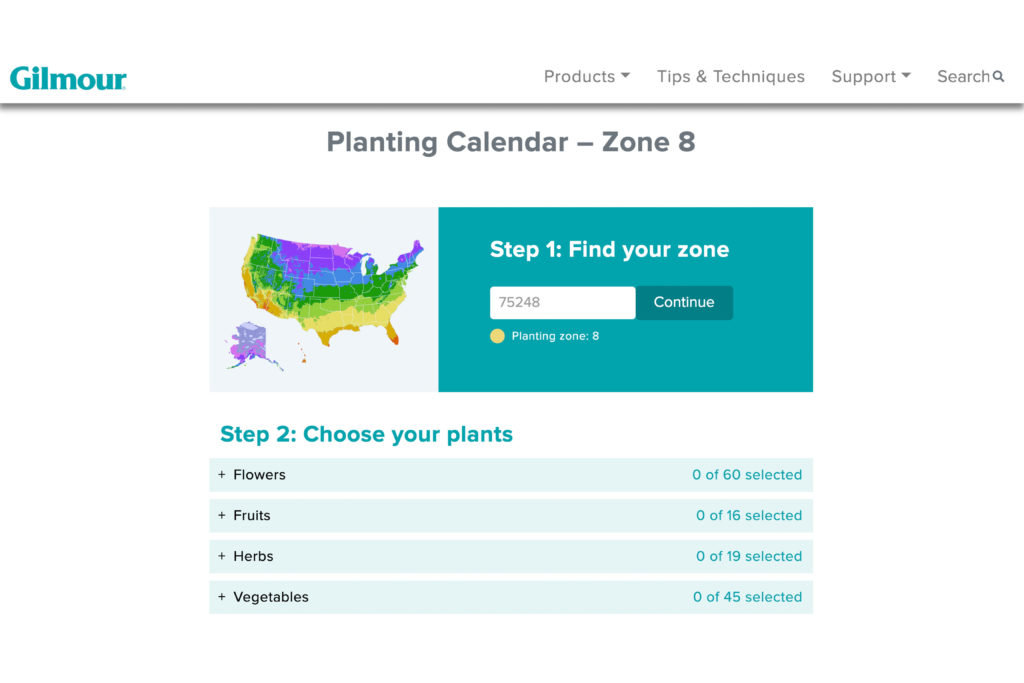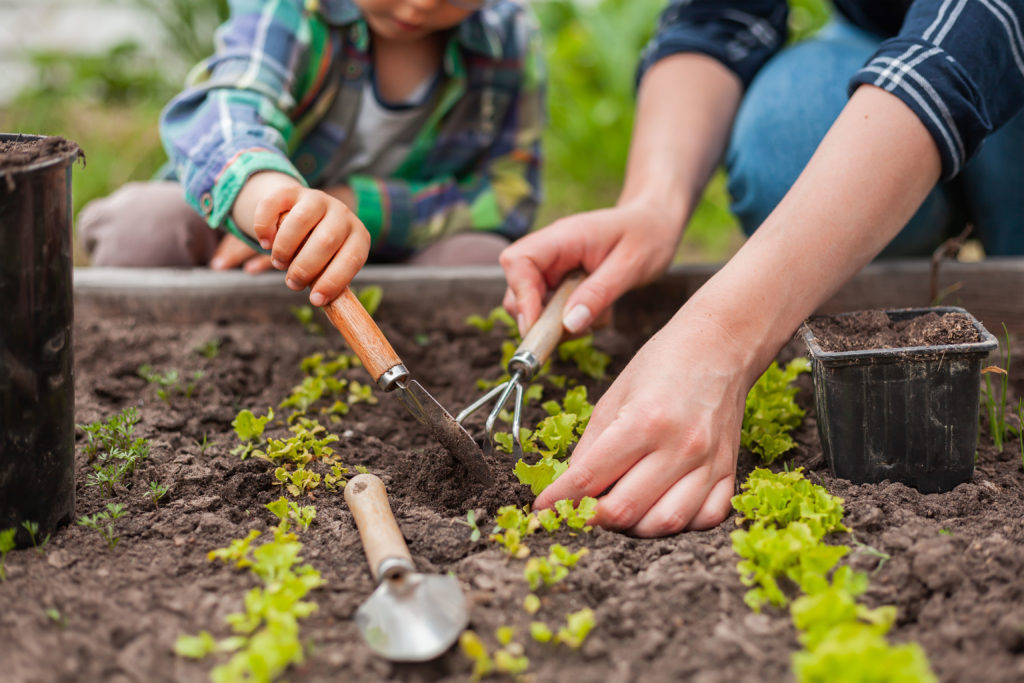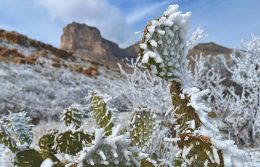Annual Garden Calendar
Plan out a year of seasonal gardening by creating a personalized gardening calendar that tells you when to begin germinating, planting, and harvesting your plants. Gardening calendars are a useful tool for the avid gardener. It can get confusing when you have multiple crops to keep track of with varying germinating, planting, and harvesting times. Luckily, drawing up a gardening calendar can give you a general heads-up on when to start germinating and planting seedlings, as well as when to harvest.

Know Your Plants and Agricultural Zone
Choosing your plants and planning your garden is an essential first step before you begin the growing season. Once you have selected your plants, it is important to read the care instructions for your chosen plants based on your agricultural zone. You can find your agricultural zone here. Texas has five agricultural zones (zones 6-10). Because of this, some regions of Texas have two growing seasons, and some are simply so hot in the summer months that very few plants can survive the heat. Knowing your zone will give you an idea of when your first and last freezes are and the window for growing. Calendars are always zone specific, so it is crucial to know your zone.

Germinating, Planting, and Harvesting
Once you have chosen your plants and identified your agricultural zone, you must discover proper germination (if starting from seeds), planting, and harvest times for each plant within your zone. Many useful online tools like this one allow you to enter your agricultural zone and the plants you have chosen for your garden. It then provides you with a calendar for each plant’s germination, planting, and harvesting times. You may have specific plants not listed on this site that may require some further research, but this site provides a list of popular garden plants. Once you have the information, you can make your own personalized planting calendar.

Gardening Basics
Keep in mind that these timetables are very general guidelines and are helpful for planning and garden awareness. There are a great many factors like rainfall, weather patterns, soil health, the amount of sunlight a plant receives, etc., that will determine when a plant is ready for harvest. The indicators that a plant is ready for harvest vary depending on the plant, but you can find a list of some helpful plant-specific tips here.

Create Your Gardening Calendar
Once you have all your information, you are now ready to make your own gardening calendar. Some gardeners find it handy to keep their calendars text based in more of a spreadsheet style, while others enjoy creating a more artistic rendition of their gardening calendar. Whatever your style, this tool will keep you stay on track with your gardening goals this growing season. Below are several examples of how growth schedules vary massively throughout Texas. Here, we have selected daisies, pansies, grapes, watermelon, basil, scallion, bell pepper, and pumpkin for our garden and demonstrated what a gardening calendar would look like in each Texan agricultural zone. Please note: The accuracy of your own calendar will depend on your location, or ZIP code, within Texas’ agricultural zones. Have a wonderful gardening year!
Zone 6: Northern Panhandle
The lower a zone number is, the lower the temperatures in that area’s weather. Zone 6 usually experiences minimum average winter temperatures of -10°F to 0°F.
- JAN.: Germinate: basil, scallions
- FEB.: Germinate: bell peppers, daisies, pansies / Plant: scallions
- MARCH: Plant: basil, daisies, grapes, pansies, watermelons / Harvest: scallions
- APRIL: Plant: bell peppers, pumpkins / Harvest: basil, daisies, grapes, pansies
- MAY: Harvest: bell peppers, pumpkins, watermelons
- JUNE: N/A
- JULY: Germinate: daisies
- AUG.: Germinate: bell peppers, pansies
- SEPT.: Germinate: basil, scallions / Plant: daisies, pansies, pumpkins, watermelons
- OCT.: Plant: basil, bell peppers, scallions / Harvest: daisies, pansies, pumpkins, watermelons
- NOV.: Harvest: basil, bell peppers, scallions
- DEC.: N/A
Zone 7: Panhandle
Zone 7 is a moderately long growing season with an annual low temperature between 0°F and 10°F.
- JAN.: Germinate: basil, daisies, scallions
- FEB.: Germinate: bell peppers, pansies / Plant: scallions
- MARCH: Plant: basil, daisies, grapes, pansies, watermelons / Harvest: scallions
- APRIL: Plant: bell peppers, pumpkins / Harvest: basil, daisies, grapes, pansies, watermelon,
- MAY: Harvest: bell peppers, pumpkins
- JUNE-JULY: N/A
- AUG.: Germinate: daisies
- SEPT.: Germinate: basil, bell peppers, pansies, scallions / Plant: watermelons
- OCT.: Plant: basil, bell peppers, daisies, pansies, pumpkins, scallions / Harvest: watermelons
- NOV.: Harvest: basil, bell peppers, daisies, pansies, pumpkins, scallions
- DEC.: N/A
Zone 8: Big Bend, Hill Country, Prairies & Lakes, and Piney Woods
Zone 8’s minimum average is between 10°F and 20°F. There are 20 states (and Washington D.C.) with hardiness zone 8 areas.
- JAN.: Germinate: basil, bell peppers, daisies, pansies, scallions
- FEB.: Plant: basil, daisies, grapes, pansies, scallions, watermelon
- MARCH: Plant: bell peppers, pumpkins / Harvest: basil, daisies, grapes, pansies, scallions, watermelon
- APRIL: Harvest: bell peppers, pumpkins
- MAY-AUG.: N/A
- SEPT.: Germinate: bell peppers, daisies, pansies
- OCT.: Geminate: basil, scallions / Plant: daisies, pansies, pumpkins, watermelon
- NOV.: Plant: basil, bell peppers, scallions / Harvest: daisies, pansies, pumpkins, watermelon
- DEC.: Harvest: basil, bell peppers, scallion
Zone 9: South Texas Plains & Gulf Coast
Zone 9 minimum average temperature range is between 20°F to 30°F and has an approximate nine-month growing season due to warmer temperatures, but the summer heat may pose challenges to typical vegetable gardens.
- JAN.: Germinate: basil, bell peppers, daisies / Plant: pumpkin, watermelon
- FEB.: Plant: basil, bell peppers, daisies / Harvest: pumpkin, watermelon
- MARCH: Harvest: daisies, basil, bell peppers
- APRIL-JULY: N/A
- AUG.: Harvest: watermelon
- SEPT.: Germinate: daisies
- OCT.: Germinate: basil, pansies, scallions / Plant: daisies, watermelon
- NOV.: Plant: basil, pansies, pumpkin, scallions / Harvest: daisies, watermelon
- DEC.: Harvest: basil, pansies, pumpkins, scallions
Zone 10: Southernmost Tip of Texas
The average minimum temperatures in zone 10 range from 30°F and 40°F, and plants benefit from a very long growing season and mild winters.
- JAN.: Germinate: basil, bell peppers, daisies, scallions
- FEB.: Plant: basil, bell peppers, daisies, scallions
- MARCH: Plant: pumpkins, watermelon / Harvest: basil, bell peppers, daisies, scallions
- APRIL: Harvest: pumpkins
- MAY-SEPT.: N/A
- OCT.: Germinate: basil, daisies, pansies,scallions
- NOV.: Plant: basil, daisies, pansies, pumpkins, scallions, watermelon
- DEC.: Harvest: basil, pansies, pumpkin, scallions, watermelon
Now that your gardening calendar is booked make sure your veggies thrive by keeping weeds out of your garden.
© 2022 Texas Farm Bureau Insurance



